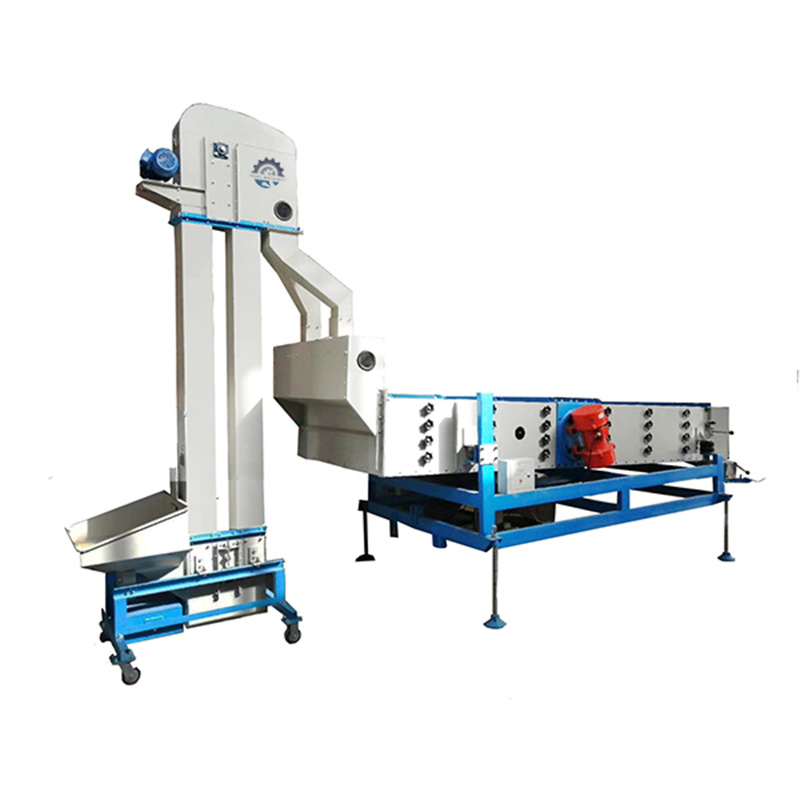10 years of experience as a food machinery equipment manufacturer
10 years of experience as a food machinery equipment manufacturer
In modern agricultural processing, efficiency and quality control are paramount concerns for potato producers. Equipment that handles substantial volumes while maintaining precision offers significant benefits. The selection of a 1000-potato cleaning and grading machine presents distinct advantages for operations prioritizing scalability and quality. This article outlines three key advantages observed with such systems.

The primary advantage lies in the substantial processing capacity. A machine designed for simultaneous cleaning and grading of up to 1000 potatoes represents a significant leap in operational efficiency compared to manual sorting or lower-capacity equipment. This high-volume capability ensures producers can handle large harvests or meet continuous production demands without becoming a bottleneck. Such throughput minimizes delays, optimizes the use of subsequent processing lines or storage facilities, and ensures potatoes move swiftly from field to market or storage, maximizing freshness and reducing potential spoilage risks associated with prolonged handling times.
Beyond speed, maintaining consistent quality is non-negotiable. Modern 1000-potato machines utilize advanced mechanisms – often incorporating gentle brush rollers, efficient water spray systems, and sophisticated optical or weight-based sorting technology. This combination delivers several benefits:
This automation eliminates the subjectivity and fatigue inherent in manual grading, guaranteeing a reliable and standardized output that builds brand reputation for quality.
Implementing a high-capacity cleaning and grading machine translates directly into tangible economic benefits:
For potato producers seeking to enhance efficiency, guarantee consistent quality, and improve their cost structure, investing in a 1000-potato cleaning and grading machine presents a compelling case. The advantages of high-volume throughput, precise and automated quality control, and substantial reductions in labor and operational costs underscore its value proposition. Such equipment is not merely a processing tool; it represents a strategic investment in enhancing productivity, profitability, and the long-term competitiveness of a potato farming or packing operation.
